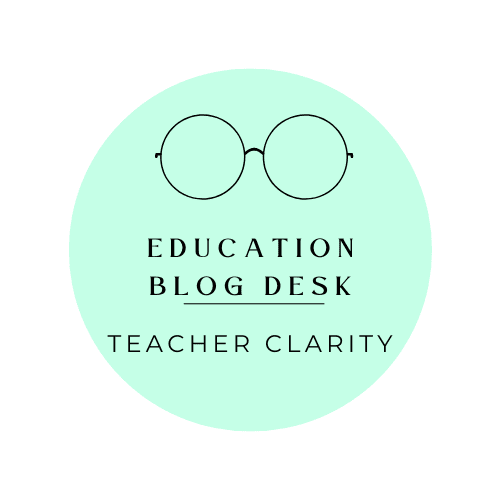Clarity in Education In education, being clear is important. When learners know what is expected and how to succeed, they feel more motivated and confident. This is why creating success criteria together matters. By getting learners involved in deciding what success looks like, teachers can help them feel responsible. This approach also brings openness and a common understanding into the learning...
Powerful Learning strategies focuses on three drivers: Strategic Instruction, Authentic Engagement, and Connecting and Contributing.
